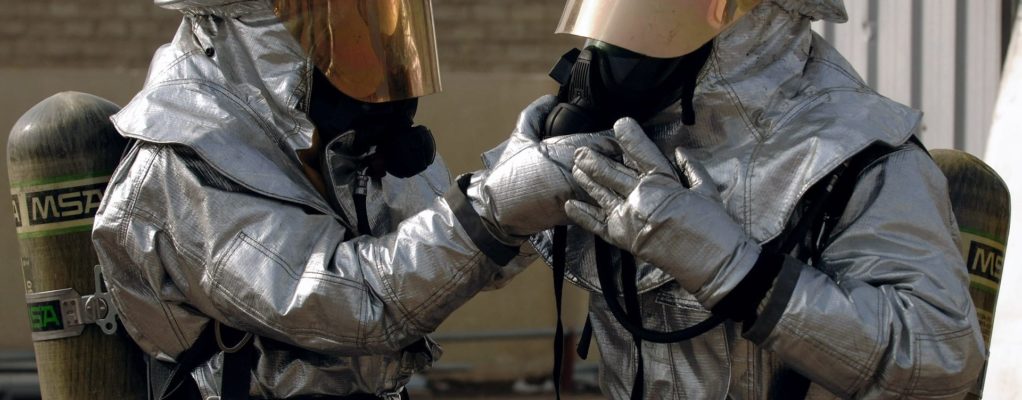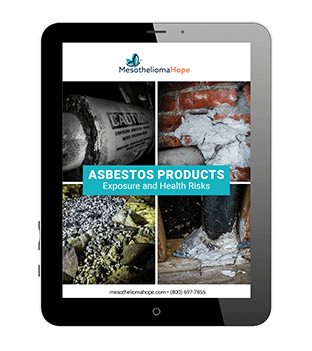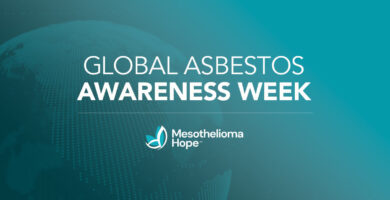The Environmental Protection Agency (EPA) recently announced a “nearly complete” asbestos ban on imports and manufacturing, but some advocates don’t think the new regulations do enough to protect Americans from harm.
Nearly Complete Ban Claims to Close a Dangerous Loophole
The EPA’s new regulations make it more challenging for companies to manufacture or import obsolete asbestos products in the United States, by closing a loophole that allowed companies to resume the creation of asbestos products that had previously been abandoned by the market.
Back in 2018, the EPA announced a “Significant New Use Rule” (SNUR) that was intended to help regulate asbestos use. The SNUR would have listed the recognized current uses of asbestos and manufacturers would need to apply for permits before importing asbestos or creating an asbestos product that wasn’t on the list. The SNUR process would ultimately give the EPA an opportunity to review any new asbestos product prior to approval.
However, the SNUR was met with deep criticism. While the intention was to give the EPA a voice in the creation of asbestos products, the SNUR could have allowed the introduction of brand new asbestos-containing products to the market and failed to adequately prevent obsolete products from re-emerging.
Advocates believed the SNUR allowed companies to put the health of Americans at risk with very little resistance from the EPA.
EPA Acted on Feedback
The EPA acted on the concerns raised by the SNUR backlash and tightened regulations. Now, manufacturers and importers must notify the EPA of any new asbestos use, regardless of whether its a formerly obsolete product or a new invention. Under the regulations, all new uses of asbestos must be reviewed and approved by the EPA before implementation.
“We had a very dangerous loophole that we had not addressed,” said Alexandra Dunn, the EPA’s assistant administrator for chemical regulation. “We’re essentially closing the door on these products. We are making sure they cannot come into the marketplace without action from the EPA.”
Dunn says this is the strictest legislation that can be enforced within the EPA’s jurisdiction, and that any manufacturer or importer who requests an exception to the ban will endure a rigorous safety review and be required to follow strict regulations and restriction.
Prior to this new rule, EPA did not have the ability to prevent or restrict certain asbestos products from being reintroduced into the market. — Andrew Wheeler, EPA Administrator
Dunn also said the EPA is reviewing the use of asbestos in existing products and industrial processes, attempting to find additional ways to protect the population.
Advocates Disappointed the Ban Isn’t Strict Enough
Advocates don’t believe the EPA is doing enough to eliminate asbestos use and protect the population. The Asbestos Disease Awareness Organization (ADAO) claims the EPA could enact an outright asbestos ban through the Toxic Substances Control Act—if it wanted to.
“Asbestos is a known carcinogen that claims the lives of nearly 40,000 Americans every year. This toothless regulation requires companies to seek approval from EPA to resume manufacturing, importing, and processing of asbestos for 15 obsolete uses,” said Laura Reinstein, president of the ADAO.
It does not ban these uses but leaves the door open to their return to the marketplace. To think that any company would willingly attempt to resurrect these 15 obsolete asbestos uses is ludicrous. That EPA would enable it is unconscionable. — Laura Reinstein, ADAO President
More than 60 countries have entirely banned the use of asbestos, including the United Kingdon, Australia, and Germany. The ADAO hopes that Congress will pass new legislation that will eliminate America’s use of asbestos once and for all.
An Asbestos Ban Would Protect Future Generations
Mesothelioma is a brutal and aggressive form of cancer, caused by asbestos, which typically takes 10 to 50 years to develop. Due to the long latency period, the full effects of modern asbestos use are difficult to ascertain.
But an outright asbestos ban today would protect future generations. It would ensure that people in the future don’t have to suffer from a deadly yet entirely preventable form of cancer. Mesothelioma is a needless disease with a clear means of prevention, yet government organizations continue to prioritize business profits over the health and safety of hardworking Americans.
If you or a loved one was exposed to asbestos and have since developed mesothelioma, you deserve justice. Contact Mesothelioma Hope to have your claim reviewed for free.










